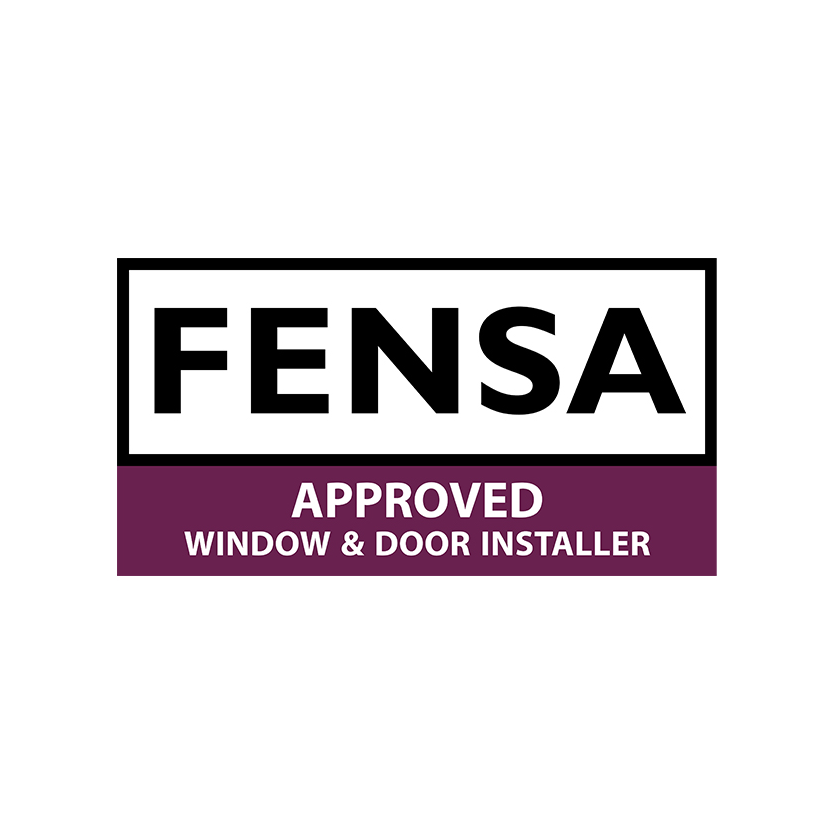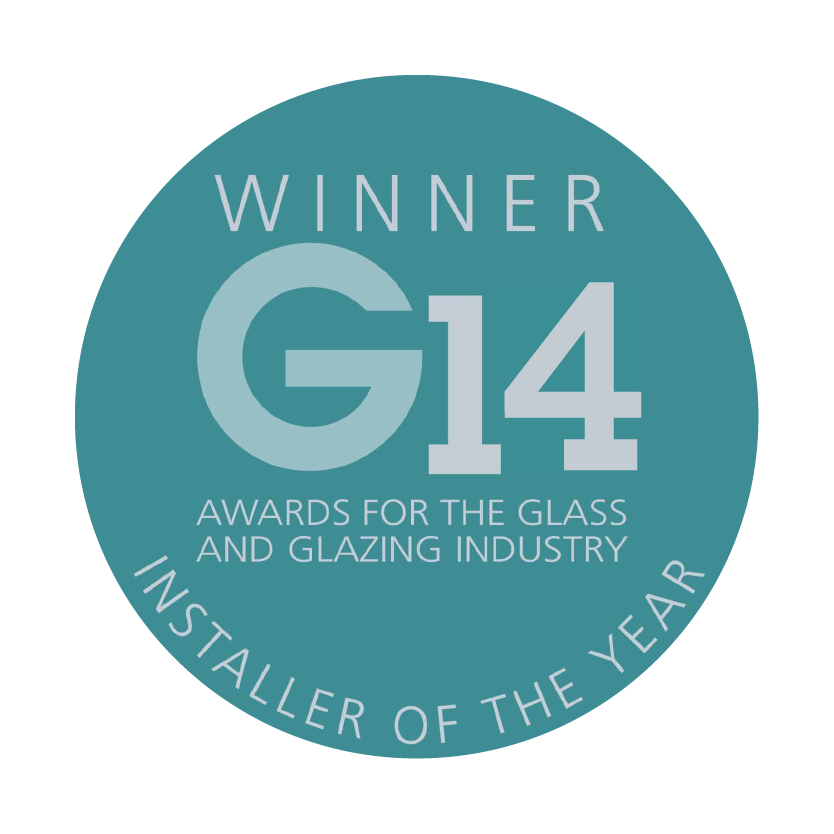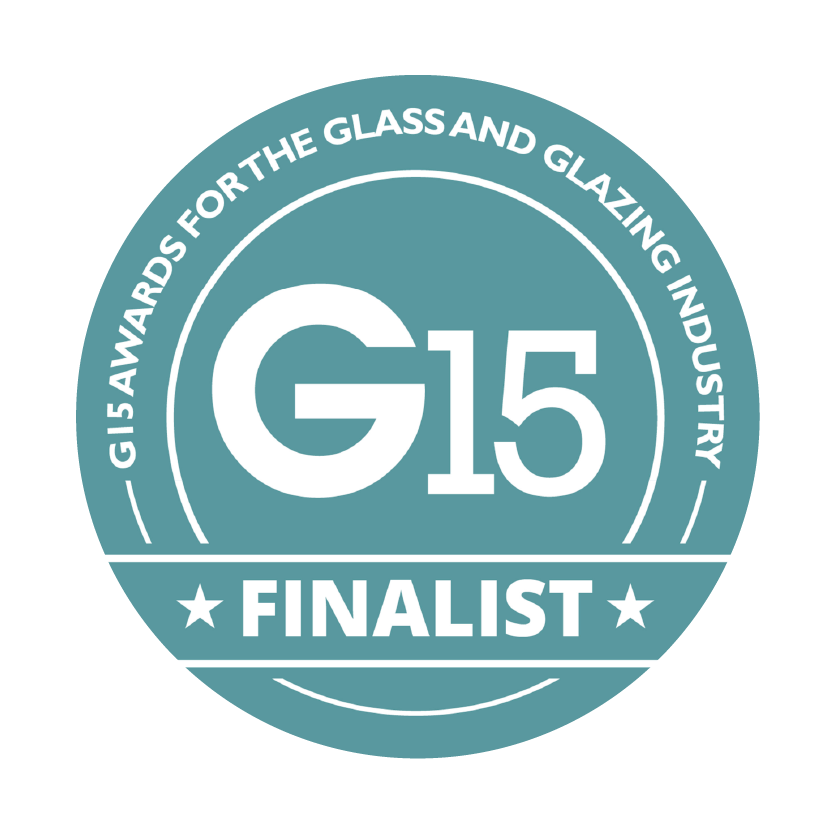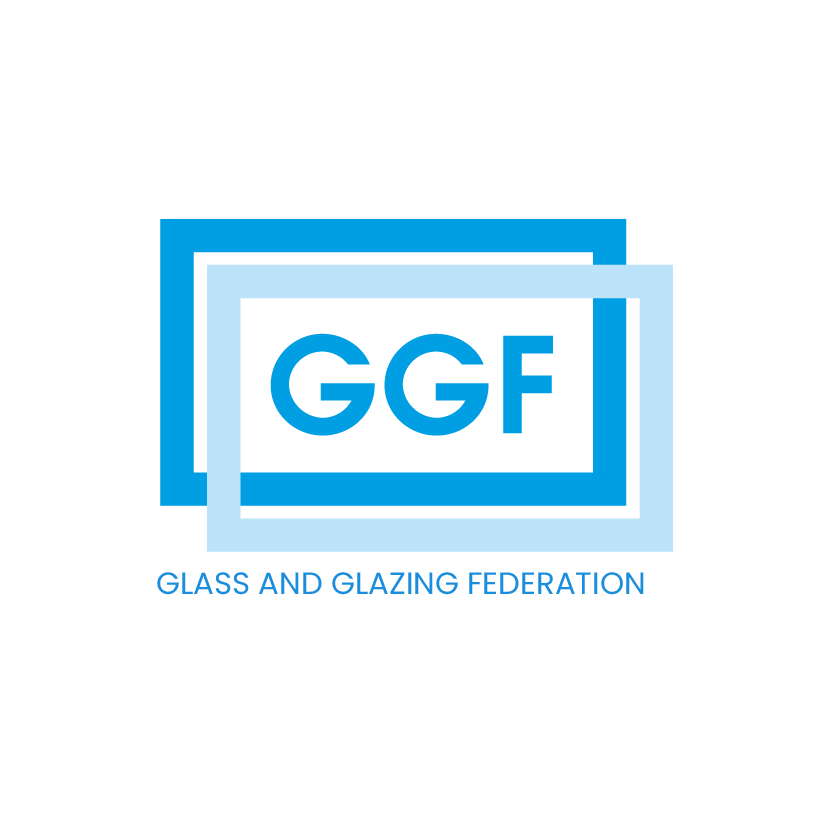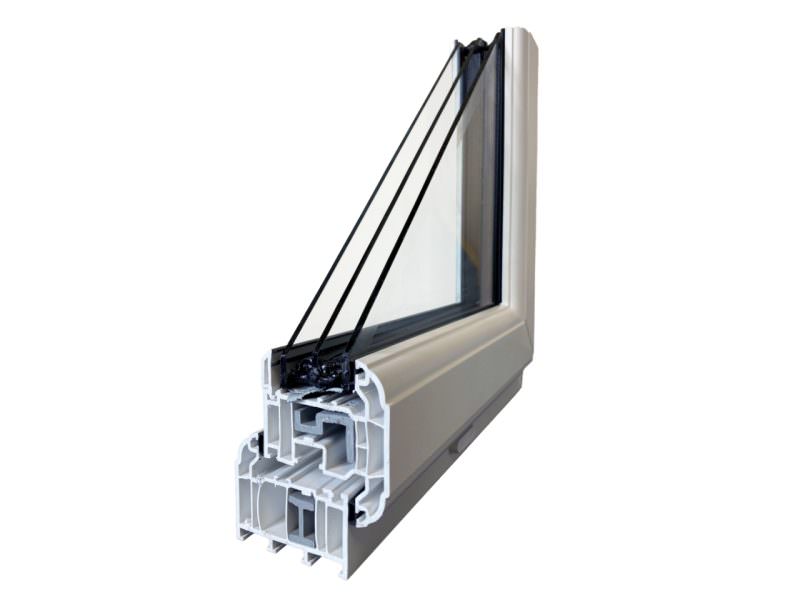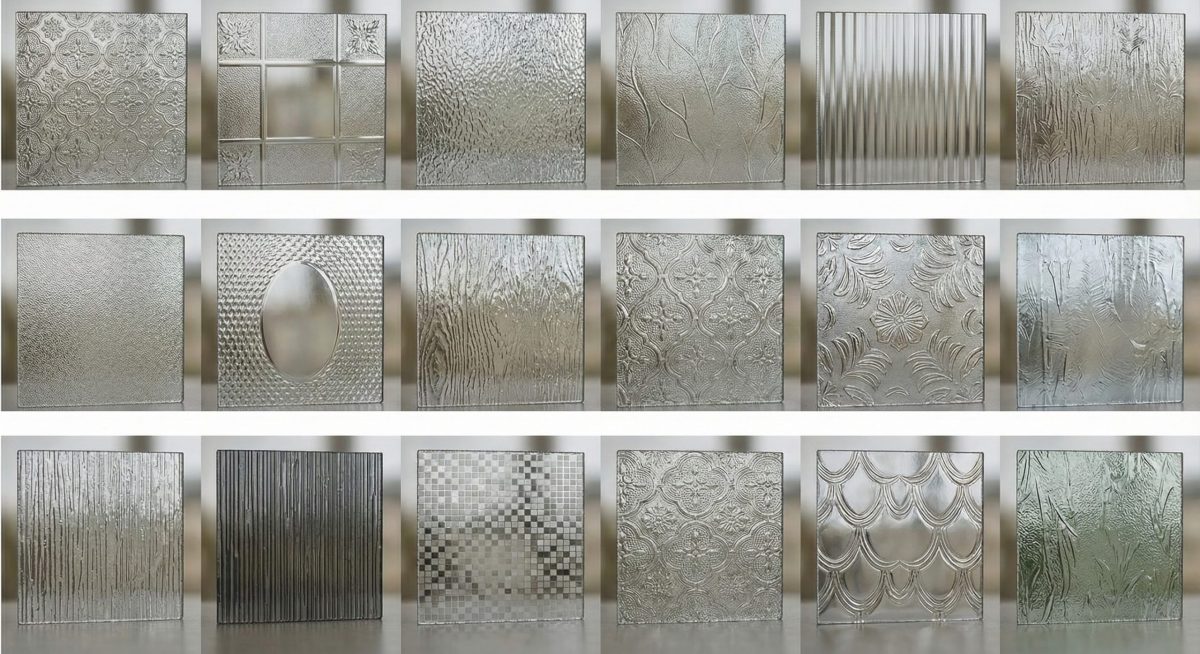
Timber - PVC - Aluminium - Windows, Doors & Conservatories in Hampshire
The Art of Privacy: A Complete Guide to Obscure & Textured Glass
The Art of Privacy: A Complete Guide to Obscure & Textured Glass
Category: Glazing Guide / Home Aesthetics
Reading Time: 7 Minutes
📌 Key Takeaways
- Privacy Without Darkness: Obscure glass distorts views to provide privacy while still allowing abundant natural light (up to 85% transmission) to enter the room.
- The 1-5 Scale: Privacy levels are graded from 1 (low obscuration, purely decorative) to 5 (high obscuration, suitable for bathrooms).
- Texture vs. Satin: Choose between textured patterns (rolled glass) for a decorative look, or satin (acid-etched) for a modern, uniform matte finish.
- Local Choice: High-privacy levels (4-5) are the standard choice for overlooked bathrooms in Hampshire’s town centres like Andover and Winchester.
We all love natural light filling our homes; it makes spaces feel bigger, brighter, and more welcoming. However, we also value our privacy. This creates a common dilemma: how do you stop prying eyes from looking into your bathroom, front door, or overlooked bedroom without blocking out the sun and turning the room into a dark box?
The solution is obscure glass. Often referred to as textured, patterned, or privacy glass, this is a staple of modern glazing designed to balance light transmission with visual distortion.
In this guide, KJM Group explains how obscure glass works, how to understand the official privacy grading scale, and how to choose the perfect Pilkington pattern for your home.
Table of Contents
1. What is Obscure Glass and How Does It Work?
Standard clear glass is flat and smooth, allowing light rays to pass straight through it, providing a perfect view. Obscure glass works by manipulating these light rays.
Obscure glass is glazing that has been treated with a texture or acid-etching to distort the view through it. During manufacturing, the glass is passed through rollers to imprint a pattern, or sandblasted to create a frosted surface. When light hits this uneven surface, it refracts (bends) in multiple directions.

This scattering of light blurs images and shapes, making it difficult to see through the glass clearly, while still allowing the overall brightness of daylight to permeate the room.
2. Understanding the 5-Point Privacy Scale
Not all obscure glass offers the same level of privacy. A subtle wave pattern provides a very different effect than a dense frosted finish. To help homeowners choose, the industry uses a standard Privacy Level scale ranging from 1 to 5.
| Privacy Level | Description & Best Use | Pilkington Examples |
|---|---|---|
| Level 1 (Low) | Provides minimal obscuration. Shapes and colours are clearly visible. Primarily for decorative use. Best for: Internal doors, decorative features. |
Warwick™ |
| Level 2 (Low-Mid) | Slightly more distortion. Figures are blurred but recognizable. Best for: Hallways, areas not directly overlooked. |
Minster™ |
| Level 3 (Medium) | A good balance. Offers reasonable privacy while maintaining high light levels. Shapes are visible but details are not. Best for: Overlooked living/dining areas. |
Cotswold™, Sycamore™, Taffeta™, Autumn™ |
| Level 4 (High) | High obscuration. Difficult to see anything other than blurred movement. Best for: Bathrooms, en-suites, front doors. |
Stippolyte™, Contora™, Oak™, Florielle™, Mayflower™, Arctic™, Charcoal Sticks™, Digital™, Chantilly™ |
| Level 5 (Maximum) | The highest level of privacy. Only vague shadows are visible, even when close to the glass. Best for: Ground floor bathrooms, highly exposed areas. |
Satin (Sandblasted), Pelerine™, Everglade™ |
3. Popular Pattern Examples
Below is a selection of popular patterns from the Pilkington range available through KJM Group.

Warwick™ (Level 1)

Minster™ (Level 2)
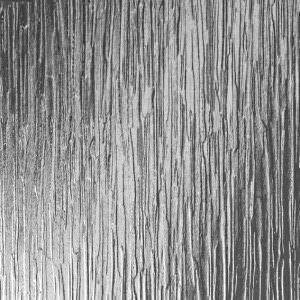
Cotswold™ (Level 3)
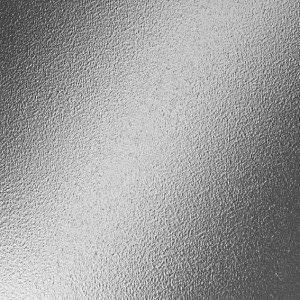
Stippolyte™ (Level 4)
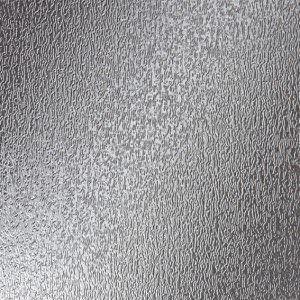
Contora™ (Level 4)

Oak™ (Level 4)
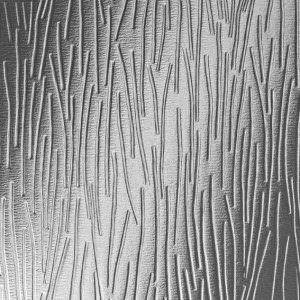
Charcoal Sticks™ (Level 4)
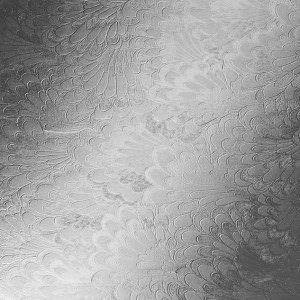
Pelerine™ (Level 5)
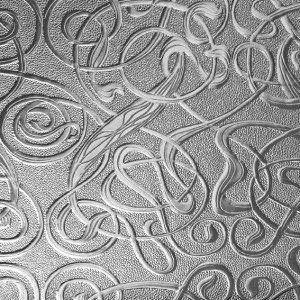
Everglade™ (Level 5)
Want to see these patterns in real life?
Glass always looks different in person than on a screen. Come to the showroom and see our obscure glass wall.
Or Book Free Survey📥 Download the Brochure
View the complete technical specifications and additional privacy patterns in the official manufacturer guide.
Download Pilkington Texture Glass Brochure (PDF)4. Types of Finish: Patterned vs. Satin
When selecting your glass, you generally have two aesthetic categories to choose from:
1. Textured/Patterned Glass
These are produced using the rolling method. They feature distinct designs, ranging from classic floral motifs to modern geometric shapes or natural effects like leaves (e.g., Pilkington Oak or Sycamore).
These patterns add character and a decorative element to windows and doors, catching the light in unique ways.
2. Satin (Sandblasted/Acid-Etched) Glass
For a more contemporary, minimalist look, Satin glass is the preferred choice. It offers a uniform, flat, matte finish across the entire pane, similar to a “frosted” look.
Satin glass (often rated Level 5) provides excellent privacy and diffuses light incredibly evenly, creating a soft, gentle glow inside the room without any distracting patterns. It is currently our #1 request for modern bathroom renovations.
5. Comparison: Light & Cost
A common myth is that privacy glass makes a room dark. This is rarely true. Modern obscure glass is designed to diffuse light, not block it.
| Glass Type | Light Transmission | Relative Cost |
|---|---|---|
| Standard Clear Glass | ~90% | Base Price |
| Textured (e.g., Stippolyte) | ~85-88% | Small Surcharge (+) |
| Satin (Acid Etched) | ~84% | Higher Surcharge (++) |
*Satin glass costs slightly more due to the acid-etching process required to achieve that perfect matte finish.
6. Local Advice: What Works in Hampshire?
🏡 Local Insight: Andover & Winchester Homes
In our experience serving Andover, Winchester, and the wider Hampshire area, privacy is a top priority, especially for terraced properties or homes with side-return windows facing a neighbour.
For dense residential areas (like new builds in Andover or townhouses in Winchester): We almost always recommend Level 5 privacy (Satin or Pelerine). The proximity to neighbours means that Level 3 often isn’t enough to feel completely comfortable in a bathroom setting.
For rural cottages: Traditional patterned glass like Autumn™ or Minster™ (Level 2-3) remains very popular as it mimics the aesthetic of heritage glazing while offering sufficient obscuration from further distances.
7. Frequently Asked Questions
No. While it diffuses light, the actual reduction in light transmission is minimal compared to clear glass. Even a Level 5 Satin glass allows roughly 84% of natural light to pass through. It simply scatters the rays so you cannot see through it.
Privacy levels work both ways, but the effect changes at night. If it is dark outside and you have bright lights on inside, your silhouette will be visible against the glass if you are standing close to it, especially with lower privacy levels (1-3). Level 4 and 5 glass will still obscure details significantly, showing only vague shapes.
For front doors, we usually recommend Satin (Level 5) for a modern look, or Stippolyte (Level 4). Both offer excellent privacy from street traffic while letting light flood your hallway. Satin is particularly popular for composite door fanlights.
In a double-glazed unit, the textured surface is usually placed facing into the cavity. This means both the internal and external surfaces of your window are smooth flat glass, making them just as easy to clean as standard windows.
📚 Explore Our Glass Knowledge Hub
Your complete guide to modern glazing technology.
- The 2026 Glazing Outlook” – High-level summary of the pivot to growth. - 9 December 2025
- Industry News: The Future Homes Standard 2025 & What It Means for Your Windows - 1 December 2025
- KJM Group MD Attends House of Commons Event to Champion UK Glass Industry - 14 November 2025

